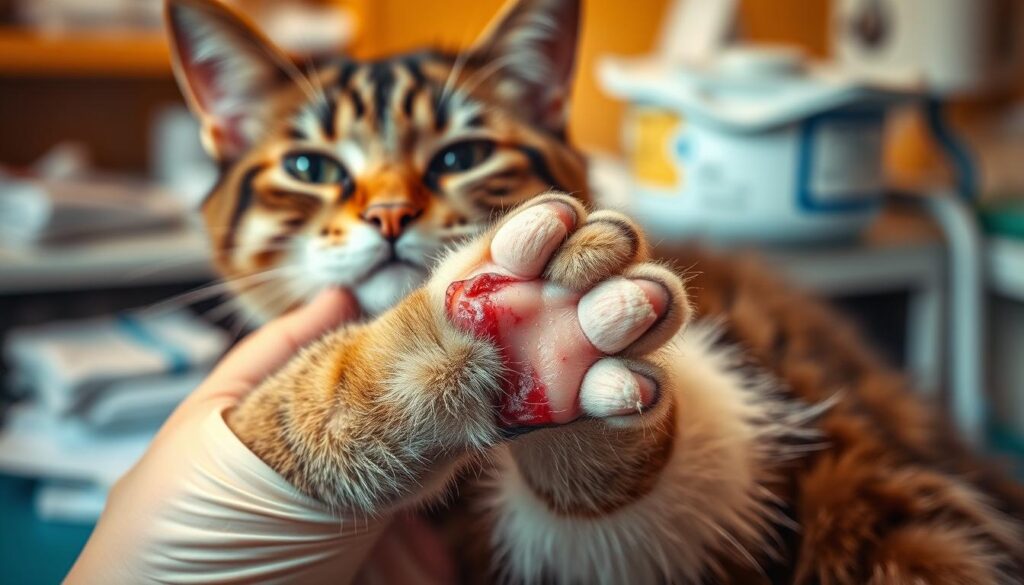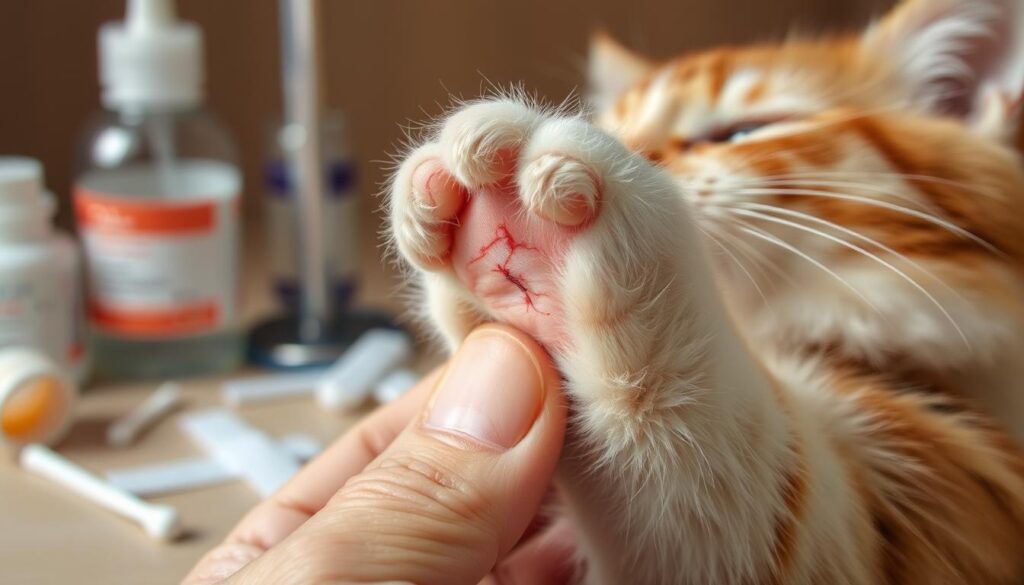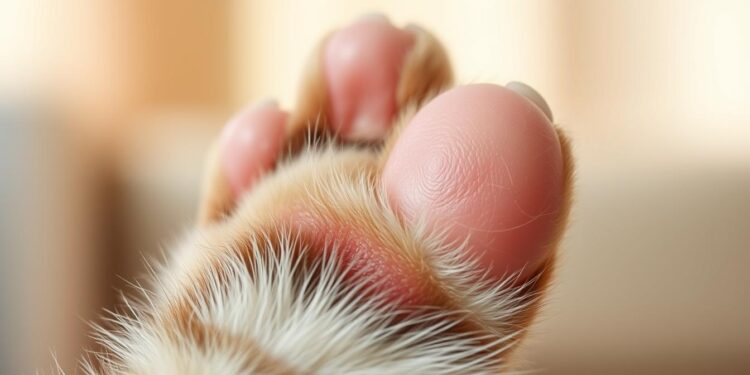As a responsible pet owner, it’s distressing to see your beloved companion injured. The sight of a hurt pet can be heartbreaking, and it’s natural to feel a strong urge to help them recover quickly.
Proper care is crucial for your pet’s recovery. Understanding the type of injury and the right methods for treatment can make a significant difference in their healing process. By following proven methods, you can help your pet heal quickly and reduce the risk of infection.
This article aims to guide you through the process, ensuring your pet gets back to their healthy self. With the right approach to injury care, you can provide your pet with the best chance at a full recovery.
Identifying Different Types of Cat Wounds
The first step in treating your cat’s injury is to identify the type of wound they have. Cats can suffer from various injuries, and understanding the nature of the wound is crucial for effective cat wound treatment and feline wound care.
There are several common types of wounds that cats can experience:
- Puncture wounds and bites
- Cuts and lacerations
- Abrasions and scrapes
Puncture Wounds and Bites
Puncture wounds and bites are particularly dangerous due to their potential for infection. These wounds can be deep and narrow, making them prone to abscesses.
Cuts and Lacerations
Cuts and lacerations require immediate attention to prevent further injury and promote healing. These wounds can vary in depth and severity.
Abrasions and Scrapes
Abrasions and scrapes, while often less severe, still need proper care to prevent infection. Keeping these wounds clean is essential for effective healing.

Essential Cat Wound Care Techniques
Effective cat wound care involves several key techniques that you should master. Caring for a cat with wounds requires attention to detail and a gentle approach. By following the right steps, you can significantly improve your cat’s recovery process.
Safely Restraining Your Injured Cat
When handling an injured cat, it’s crucial to restrain them safely to avoid further injury to both you and your pet. Use a towel or blanket to gently wrap your cat, ensuring they cannot escape or struggle. This will help you clean and treat the wound effectively.
Proper Wound Cleaning Methods
Cleaning the wound is a critical step in how to treat cat wounds. Use saline solution or a mild antiseptic wipe to gently clean around the wound. Avoid using harsh chemicals or soaps that can irritate the wound.

Applying Appropriate Antiseptics
After cleaning the wound, apply an appropriate antiseptic to reduce the risk of infection. Use a product recommended by your veterinarian, as they can advise on the best treatment for your cat’s specific wound.
| Wound Type | Cleaning Method | Antiseptic Application |
|---|---|---|
| Puncture Wounds | Saline solution | Apply antiseptic cream |
| Cuts and Lacerations | Mild antiseptic wipe | Use antiseptic spray |
| Abrasions and Scrapes | Gentle saline cleaning | Apply antiseptic ointment |
Advanced Cat Wound Treatment Options
Advanced cat wound treatment options are crucial for managing severe or complicated injuries. These methods can significantly improve your cat’s recovery process and prevent further complications.
Bandaging Techniques for Different Wound Types
Proper bandaging is essential for protecting the wound and promoting healing. Different types of wounds require specific bandaging techniques. For instance, puncture wounds may need a more secure bandage to prevent further irritation, while cuts and lacerations might require a bandage that allows for some flexibility.
Preventing Your Cat from Disturbing the Wound
It’s vital to prevent your cat from licking or scratching the wound, as this can lead to infection or further injury. Using an Elizabethan collar (E-collar) can be an effective way to protect the wound.
Monitoring Signs of Healing vs. Infection
Monitoring your cat’s wound for signs of healing or infection is crucial. Look for indicators such as redness, swelling, or discharge, which could signify infection. A table summarizing the key signs is provided below:
| Signs | Healing | Infection |
|---|---|---|
| Redness | Decreasing | Increasing |
| Swelling | Reducing | Expanding |
| Discharge | Clear or absent | Pus or cloudy |
Conclusion: When to Seek Veterinary Care
Proper cat wound care is crucial for your pet’s recovery. While this article has provided you with the knowledge to care for your cat’s wounds, it’s essential to recognize when professional veterinary care is necessary.
Certain wounds, such as deep punctures or large lacerations, may require immediate medical attention. If you’re unsure about the severity of your cat’s wound or notice signs of infection, such as redness, swelling, or discharge, it’s time to seek veterinary care. Using a cat wound bandage correctly can help protect the wound, but it’s equally important to monitor the wound’s healing progress.
By understanding the limits of home care and knowing when to consult a veterinarian, you can ensure your cat receives the best possible treatment. If you’re ever in doubt about your cat’s wound care, don’t hesitate to seek professional advice to prevent complications and promote healing.







